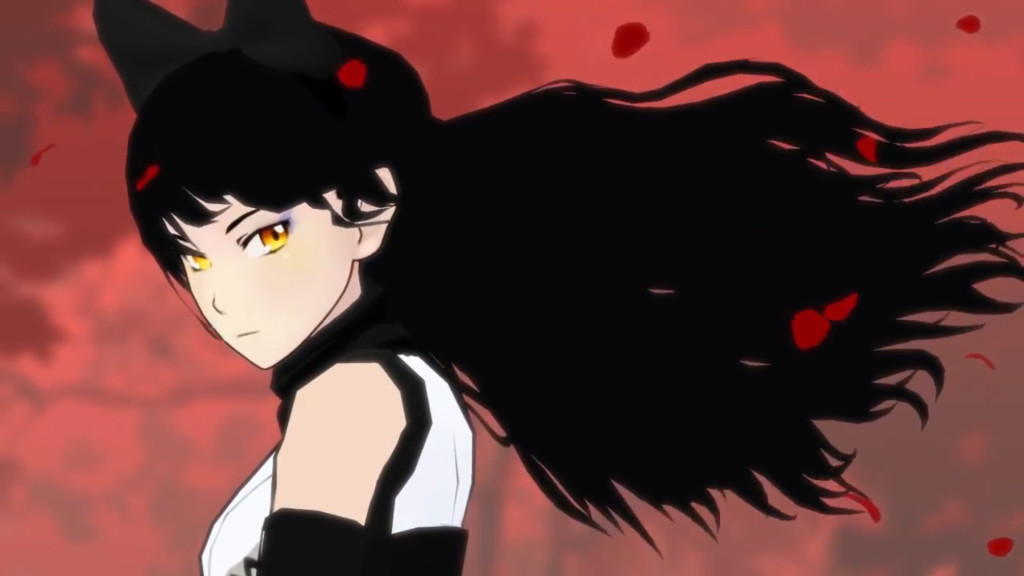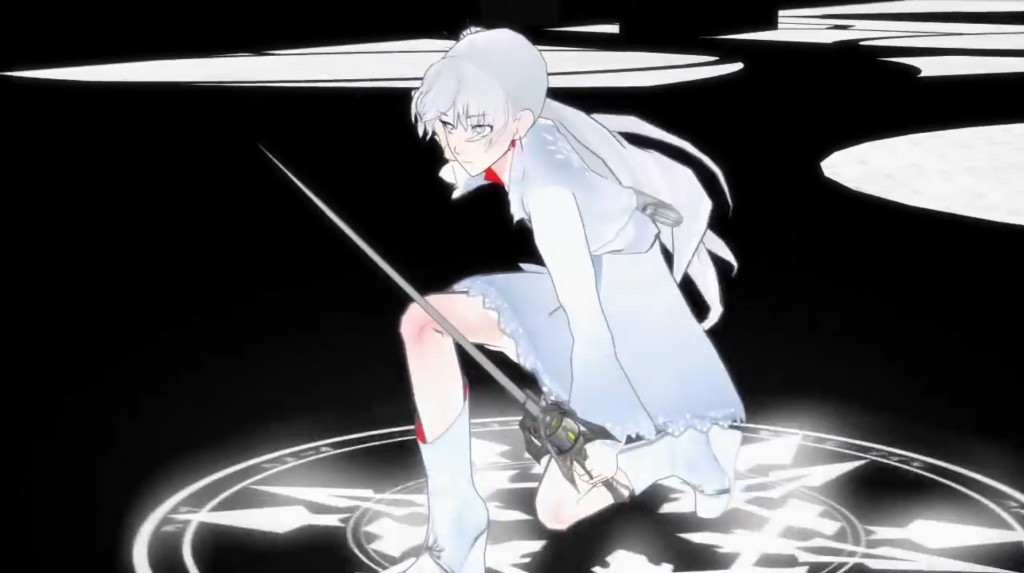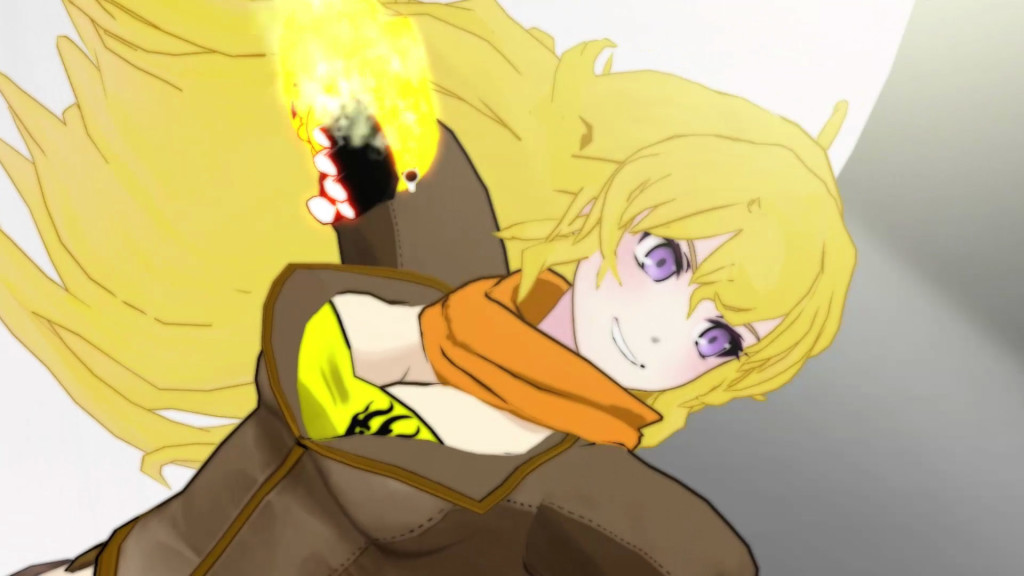It is often part of the marketing pitch that we hear programs like Poser and DAZ Studio are used in professional applications. Most of the apparent professional usage of these programs is well hidden, so we are usually left to take the word of testimonials with a slice of scepticism. The Poser page on Wikipedia offers us some insight into some uses, though they are largely unreferenced and don’t make for hugely inspiring reading if you’re looking for solid professional and creative examples.
Enter Rooster Teeth Productions
At least one addition that can be made to the list here is the extensive use Rooster Teeth Productions (RT) has made of Poser over a number of years for their popular Red VS Blue (RVB) series, and now the hugely popular RWBY (Ruby) anime styled series. While Red VS Blue began its life as a short collection of Machinima Halo parodies made with the Halo game engines, it has since moved to using Smith Micro’s Poser.
Nailing down exactly when RT moved RVB to Poser is tricky if you aren’t a constant fan (which I’m not), but it would likely be at least since Monty Oum joined the production company in 2010, bringing his serious animation and Poser skills with him.
This hilarious fight scene clearly shows that by season 8 (2010) RVB had moved out of the Halo game engine. Is this Poser? [Confirmed via correspondence with RT that RVB season 8 was Poser powered]
Oum The Mighty Poser Champion at RT?
Oum obviously bought a lot to Rooster Teeth, because in 2012 he was given the chance to give his own concept life, as creator and lead animator. Perhaps bringing more than talent, Oum bought fans. His deviantART profile has over 30000 watchers and his Hailoid (Halo fan animation) and Dead Fantasy videos have grossed millions of views at YouTube and Game Trailers.com.
Whatever the reason, the first RWBY episode has already accumulated 62K Facebook likes recorded on Rooster Teeth’s website and 1.3 million views on YouTube since upload on 25 July (2013). This makes RWBY many more times popular than Red Vs Blue Season 11.
So, what’s RWBY all about?
RWBY has an obvious anime, and JRPG inspiration to its visual style, characters and plot.The cast is composed primarily of female warrior students embarking on a new stage of their life, Studying at the prestigious warrior school, Beacon Academy. The world these characters inhabit is a dangers post mass monster invasion world where only a handful of powerful cities offer a relatively secure life. Undoubtedly this will lead through to self sacrifice and world saving heroics thrust upon a band of warriors still in the grasp of puberty.
I admit that when I first watched the initial episodes I was fairly indifferent. The show has a decidedly cutesy air about it, something I tend to steer clear of in my own content consumption (anime or otherwise), but I found the show growing on me and it’s comic style and characters endearing. Also as a 3D enthusiast and user of Poser and DAZ Studio there is a certain amount of technical curiosity. So, for all it’s stock-standard plot devices and clichéd characters, there is something about this cute, fluffy show that will appeal to many, if given half a chance.
How Much Poser?
Watching an episode of RWBY is an interesting experience for Poser users, many of which would never have dreamed such a production was possible. The question soon arises, how much of RWBY is actually Poser? According to Steve “Think” Cooper and Shane Newville (artist working on RWBY) in this thread at RDNA, quite a bit. As in almost all. Steve Cooper (who apparently had a detailed outline of the workflow) says:
“RWBY, it turns out, uses very little outside Poser to generate the final video. They are modeling their characters in an OBJ friendly tool [Blender and Maya I think – Jim], then rigging, animating, and rendering inside Poser. All the sword trails, the explosions, the fabric and hair movement, even the final line work of the characters is being handled in PP 2012. They have engineered some really clever methods, with minimal material nodes and combined some tricks from one of Poser’s old timers for the trails and particle sprites.”
But what about the animation? Surely that’s all motion capture? Shane Newville says: “Maybe 1/3rd of it is mocap. For a lot of the scenes we did start with mocap, but there was so much cleanup, retiming and editing it might as well be handkeyed. There were also a lot of scenes where we just didn’t feeling like suiting up and started going to town on it. But one of the coolest parts was getting to make good use of Poser’s pose library. A lot of our older animations have been added to the pose library to be repurposed later.”
RWBY Tech Panel at RTX 2013
Here are a few extra details I picked up from watching a recording of a RWBY technical panel at the RTX convention (which was sadly less detailed than one might hope).
- Working with Poser and Blender was much quicker than a pure Blender workflow.
- The production used lots of “cards”. 2D images with trans maps for many props like trees and “flip book” card animations for particle effects – made with particleIllusions.
- Some physics simulation but hair etc but mostly hand animated for sake of control
- Focus on art and getting the job done instead of focusing on incorporating the latest tools and gizmos.
Niche Audiences and Indie Budgets No Issue in Social Media Age
While Roost Teeth may have grown a lot since its humble Machinima origins, RT and RWBY are still very much niche names, but a fantastic example of how a small content house can utilise media channels like YouTube, and inexpensive software, like Poser Pro 2014 to create and disseminate appealing content and carve out an impressive claim. Perhaps it is a measure of RT’s success that it now releases all its content on its own site and simulcast on Crunchyroll, before releasing to YouTube a week later.
Whatever you think of the RWBY or Red VS Blue, you have to admit that these are impressive uses of Poser, and demonstrates a level of mastery that is inspiring. In the age of social media, and viable niches it is programs like Poser that can bring the creative dreams of individual artists and small studios to life and hopefully find fame and fortune in that niche without having to play a find the publisher game.
Limited time special on Poser 9
If you have yet to give Poser a whirl you can pick up a copy of Poser 9 for a mere 30 bucks (offer ends 30/09/2013). Considering Poser 10 is currently $299, that’s a pretty damn fantastic score. If you like the software you can then upgrade to Poser 10 or Poser Pro 2014, and make a nice saving.
Don’t forget to SUBSCRIBE via our easy to use RSS and RSS email feed for all the happenings at DigiSprawl to come to you



